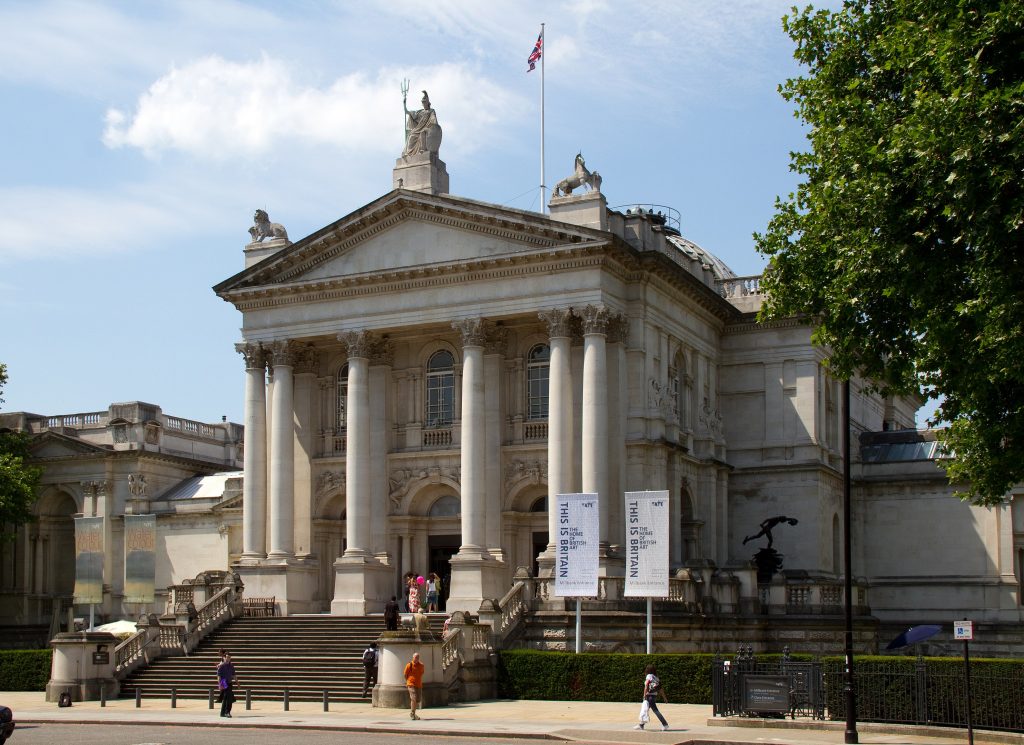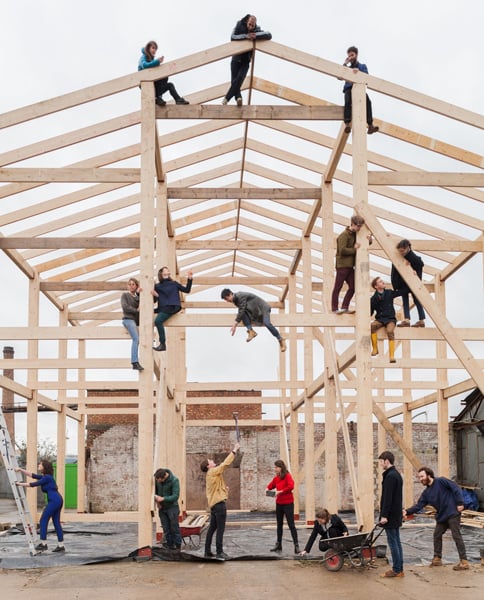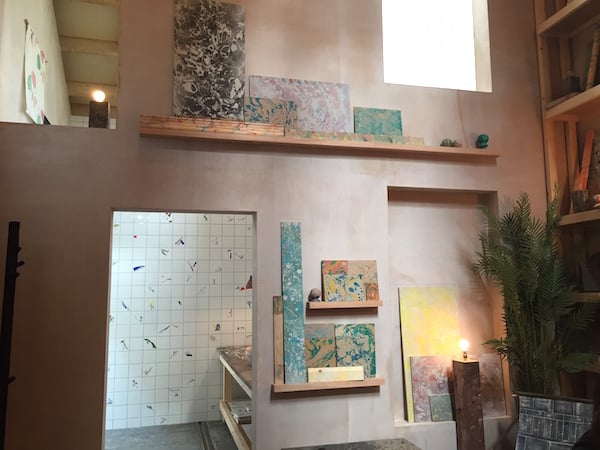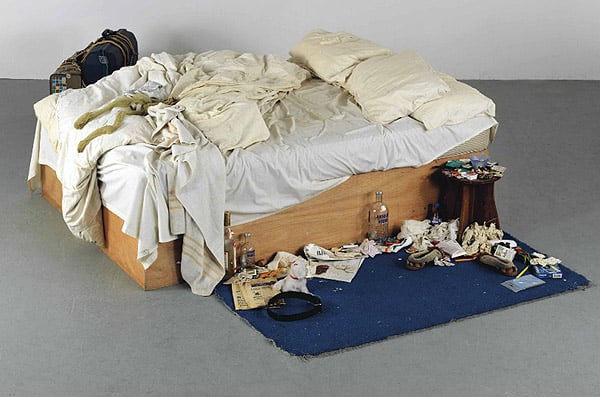Art World
Martin Gayford on Assemble and the Worrying Implications of the Turner Prize
Is the Turner Prize giving up on Britain's contemporary art scene?

Is the Turner Prize giving up on Britain's contemporary art scene?

Martin Gayford

What’s happened to the Turner Prize? The award went this year to an architectural collective, Assemble, which certainly got the world’s attention (which had tended to wander recently, especially during last year’s almost sadistically dreary edition). This time, there’s been plenty of coverage, which must be counted as a plus since the Turner—like all such prizes—thrives on publicity. However, the winners were greeted not so much with outrage— the traditional driver of headlines—as puzzlement.
This was encapsulated by the fact that even Assemble themselves, a 14-strong collective, were reportedly surprised to discover that what they were doing was art. There is not much question that the work that Assemble do is thoroughly worthwhile. They were nominated for the regeneration of some terraced houses in a run-down part of Liverpool, an area of Toxeth which had long been neglected. The architects worked with the inhabitants not only to refurbish the buildings but also—for example—to set up a system of selling items made from recycled parts of the old structures. In other words, they were not only reviving this neglected urban area, they were making it a focus of interest.

The winners of the 2015 Turner Prize: architects Assemble.
Photo via: Assemble.
There’s nothing in this to generate fury in the tabloids. Everyone can agree that here is a good and useful activity. It’s just that, until the Turner Prize jury began deliberating, it doesn’t seem to have crossed many minds that it might be classified as contemporary art. Of course, for traditionally the question “But is it art?” has been commonly asked by philistines. The avant-garde have smiled at it in a superior fashion, secure in the knowledge that they know better. Now, however, even in inner art world circles, tremors of surprise have been detectable. Surely this isn’t art? Isn’t it more an innovatory way of conducting architecture? Someone familiar with the argument originally made by Duchamp that anything can be art if an artist says so might be excused for shrugging at this point. After all, if anything can be art, why not a housing project? But a subtle change has occurred. The classic line, memorably expressed by Andy Warhol, is that anything chosen by an artist is therefore metamorphosed into art.
But the Assemble project was not picked out by a latter-day Marcel Duchamp, as it was re-described by a curator, Alistair Hudson, director of Middlesbrough Institute of Modern Art. It wasn’t a bad idea on his part. Assemble sound a good deal more interesting than the other contenders on the shortlist. One of the latter, Janice Kerbel, wrote a piece of music, deliberately not having studied the subject of composition in much depth, which had to be performed in an art gallery. Bonnie Camplin produced a “study room” which “examined the anxieties caused by the categorisation of lived experiences as valid or deviant.” The fourth, Nicole Wermers, exhibited an installation focusing on “the glossy aesthetics and materials of modernist design and high fashion, alluding to themes of lifestyle, class, consumption, and control”. The intriguing new element though, is how the decision to categorize Assemble as artists rather than architects was made: as noted above, by a curator.

Installation view of Assemble’s A Showroom of Granby Workshop (2015) at the 2015 Turner Prize exhibition in Tramway, Glasgow.
Photo: Lorena Muñoz-Alonso
This brings out how, over the last half decade, the Turner Prize has been subject to capture by contemporary art professionals. For much of the award’s long and complicated history, the jury contained a mixture of people from inside and outside the museum world. Over the first quarter century and more, there was almost always a writer on the panel, and sometimes a person even more loosely connected with the art world. In 2009, for example, it included the Guardian critic Jonathan Jones and Mariella Frostrup, the writer and broadcaster. More recently, however, the jury has often consisted solely of staff members from various modern art institutions, plus perhaps a freelance curator.
That was the case in 2014, when I suggested that the Turner Prize exhibition was, to date, “the most hermetic, the most opaque, and least calculated to grab the attention of the average sentient human being.” That view turned out to be more or less the critical consensus. There may be other reasons behind the dulling-down of the Turner Prize. Its glory days were the 1990s, coinciding with the rise to prominence of the Young British Artists. Year after year, one—sometimes two or three—of the YBAs featured on the shortlist, sometimes winning and almost always garnering most of the headlines (Tracey Emin’s My Bed is far and away the most famous work ever shown in the Turner Prize exhibition, but it is generally forgotten that it did not actually win the prize).

Tracey Emin, My Bed (1998). Photo courtesy of the Tate.
The last truly sensational year was 2003, which had heavy-weight favorites, Jake and Dinos Chapman, plus a surprise winner, Grayson Perry, who thus began his rapid rise to the role of national figure. Subsequently, there has been a decline in excitement. There have been better shortlists and worse ones. Some quite notable artists have appeared (such as Lynette Yiadom-Boakye, from the 2013 batch, a painter I admire).
The general tendency, however, is for the whole affair to become more and more lackluster. In this context, the decision to re-classify anything that appears slightly novel and interesting as eligible—a building project, in this case—looks like a clever move. But it also seems a little desperate: as if even the Turner Prize is giving up on the contemporary art scene in Britain.
Maybe it is not possible at the moment to find four worthwhile contestants every year, a depressing conclusion. On the other hand, perhaps the Turner Prize selectors have been looking in the wrong places. Institutional taste, at all times, tends to be dry. After all, it was not professional curators who propelled the YBAs to fame, but a maverick outsider, Charles Saatchi. If I were Alex Farquharson, the in-coming director of Tate Britain, I would widen the pool of jurors to include a few more from outside the airless world of full-time museum staffers.